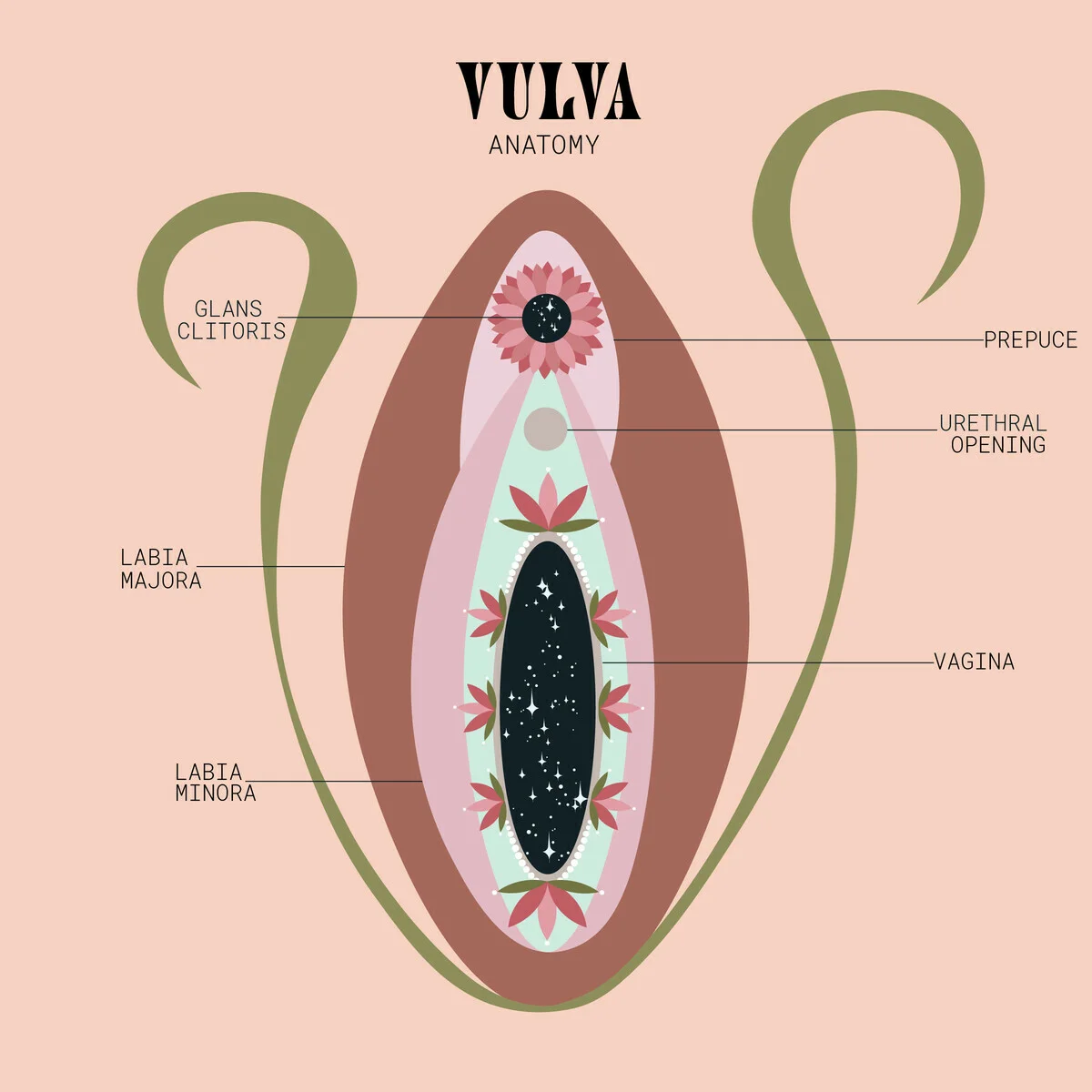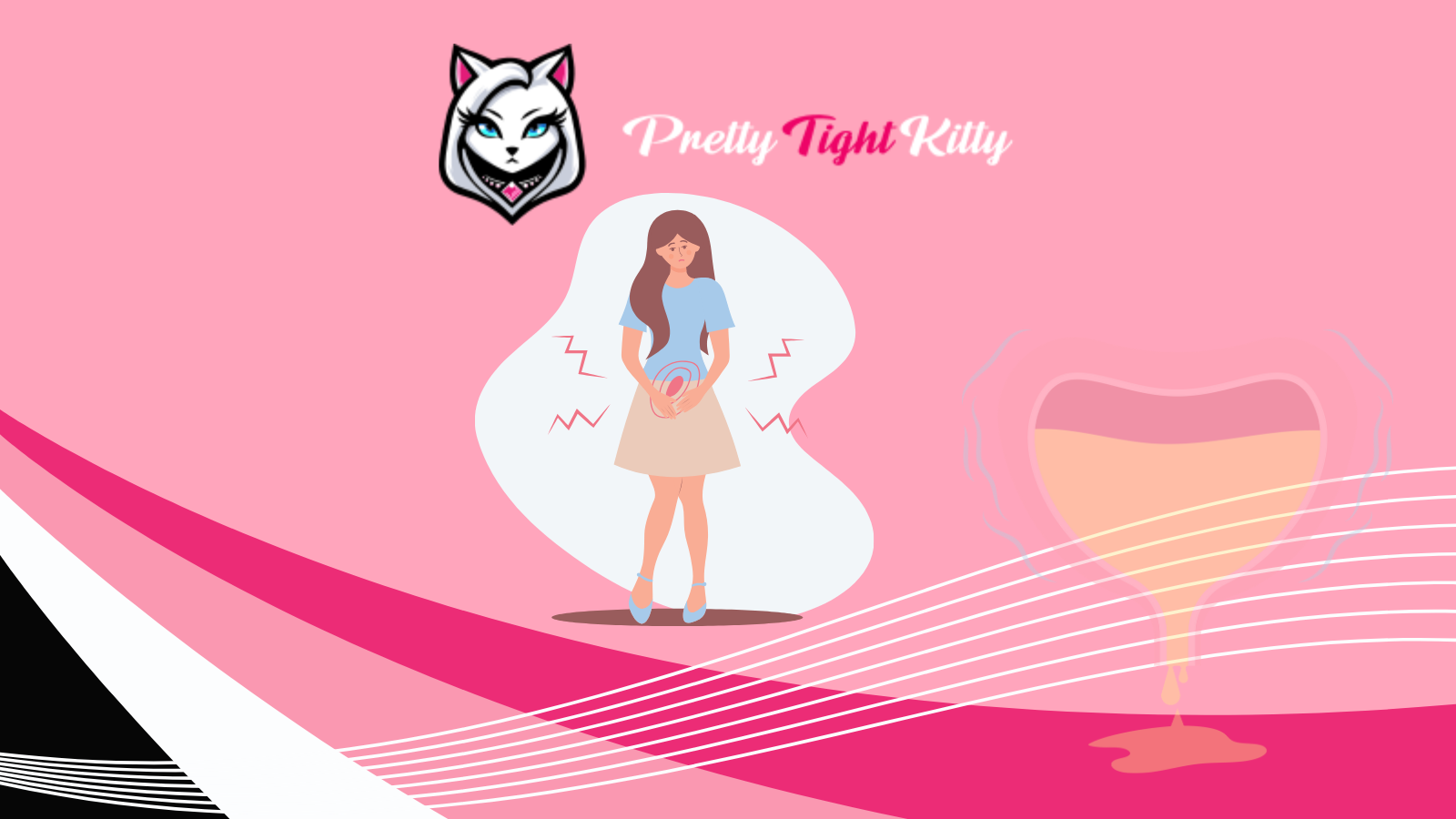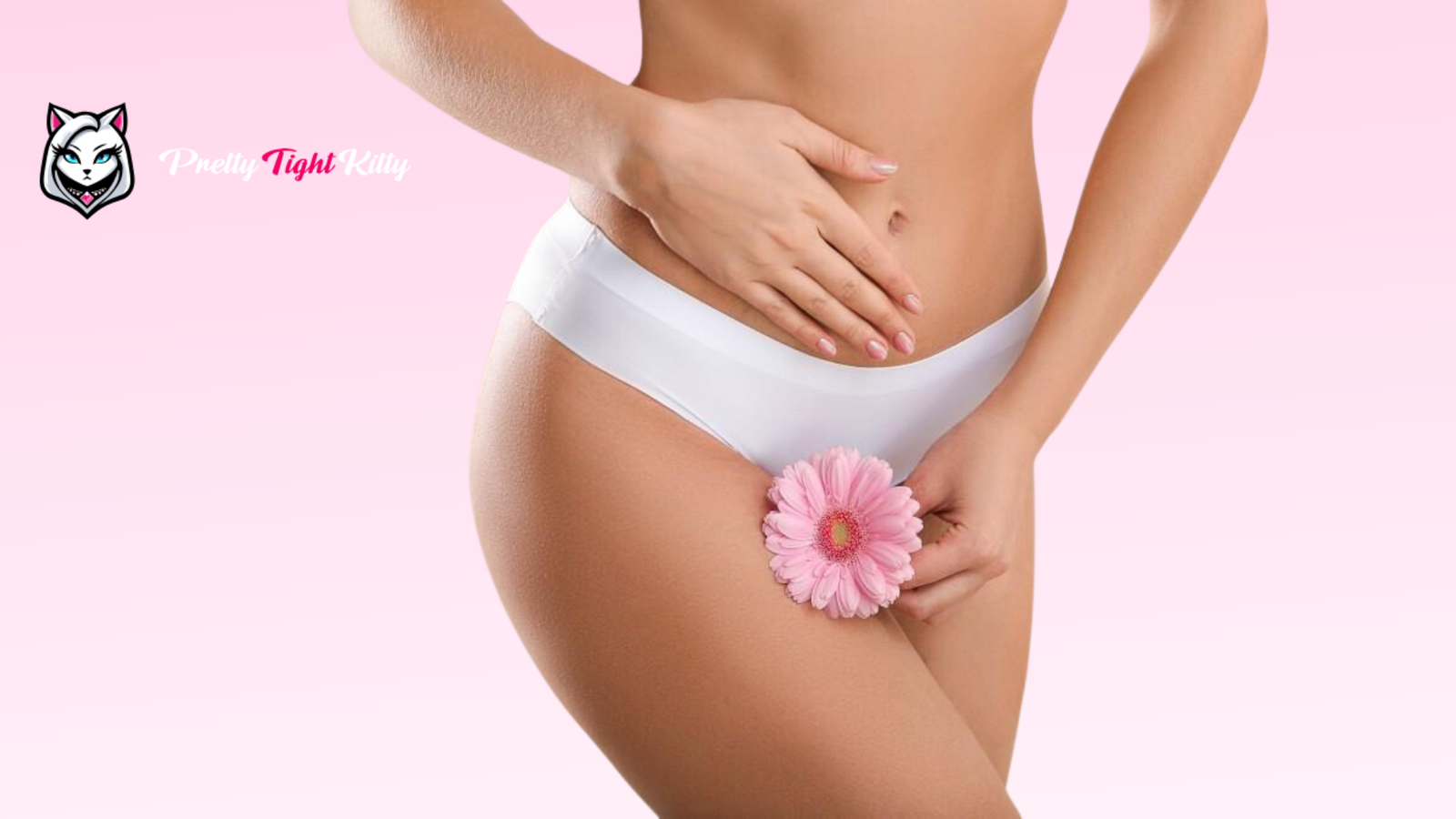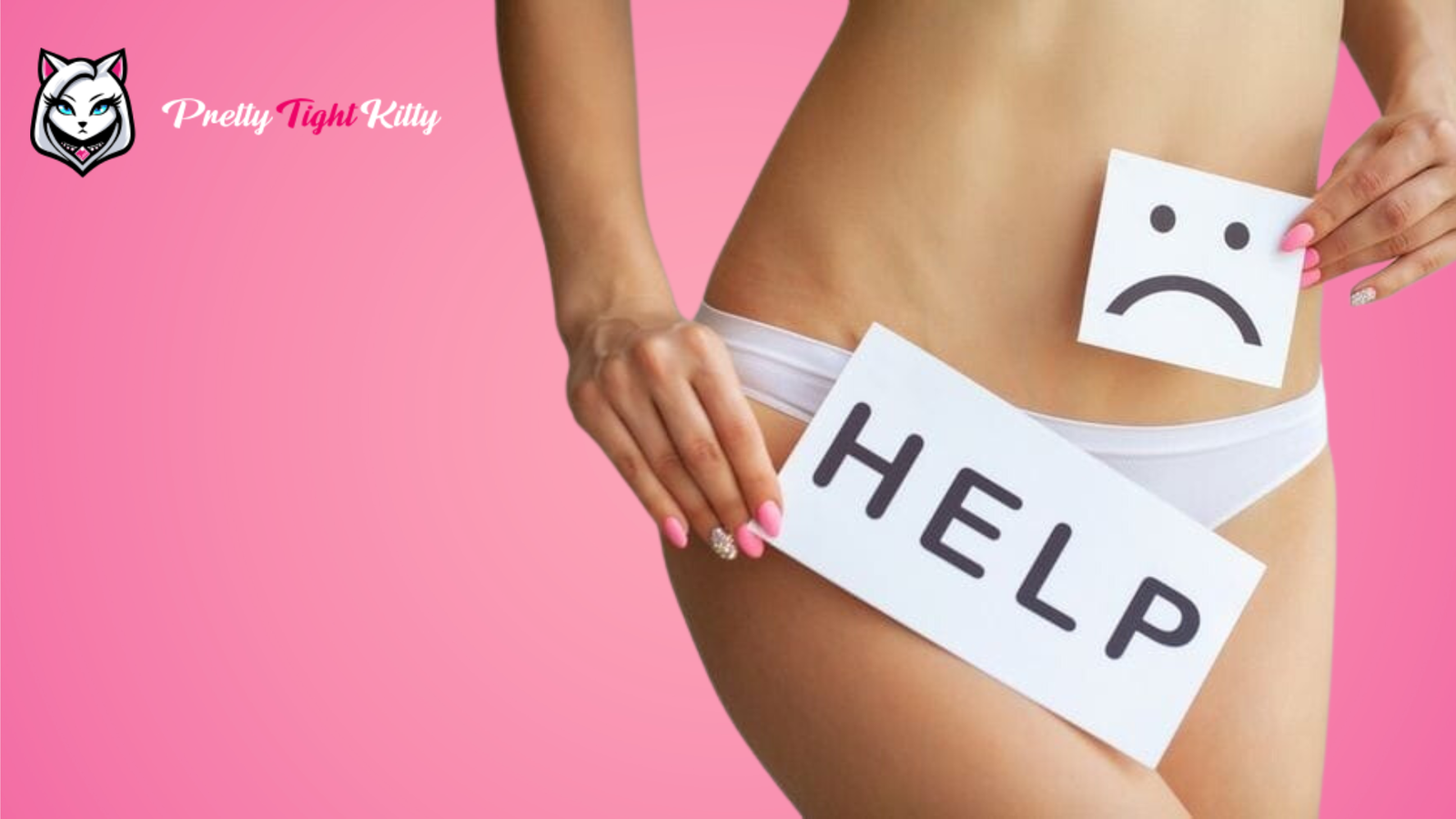
Urinary incontinence affects many women. It impacts daily life. Vaginal rejuvenation is an emerging treatment. This article explores the effectiveness of vaginal rejuvenation treatments for urinary incontinence. Let’s start reading.
What is Urinary Incontinence?
Urinary incontinence means losing control of your bladder. Sometimes, it causes small leaks. Other times, it can mean no control over urination at all. This issue can be embarrassing. But It often disrupts daily life.
There are different types of urinary incontinence. Stress incontinence happens during physical activities. This includes laughing or lifting heavy objects. Urge incontinence causes a sudden, intense need to urinate. Overflow incontinence occurs when the bladder cannot empty. So, every type needs specific treatment.
What are The Causes of Urinary Incontinence?
Various factors cause urinary incontinence. Aging is a major factor. Bladder muscles weaken as people age. This can lead to leaks during physical activities. The bladder loses elasticity, causing sudden urges to urinate.
Pregnancy and childbirth often contribute. The uterus presses on the bladder during pregnancy. Childbirth can damage pelvic floor muscles and nerves. Hormonal changes during menopause weaken bladder control, leading to stress incontinence.
Certain medical conditions increase the risk of urinary incontinence. Diabetes can cause nerve damage that affects bladder control. Neurological disorders disrupt signals between the brain and bladder. Lifestyle factors like smoking and obesity also play a role. So understanding these causes helps in choosing effective treatments.
How Vaginal Rejuvenation Helps with Urinary Incontinence?
Vaginal rejuvenation treats urinary incontinence. Procedures tighten and strengthen vaginal tissues. This improves bladder control and reduces symptoms of incontinence.
One popular method is radiofrequency (RF) therapy. RF therapy uses heat to stimulate collagen production. This strengthens the vaginal walls and supports the bladder. Many women report significant improvement after a few sessions. So, the procedure is non-invasive and requires minimal downtime.
Laser therapy is another option. It promotes collagen growth like RF therapy. Laser energy stimulates tissue regeneration, enhancing vaginal strength. This method is non-invasive and allows for quick recovery. Some women find immediate relief from incontinence symptoms.
But the Hyaluronic acid injections are also used. They add volume to vaginal tissues. This provides extra support to the bladder. The results are temporary but effective. It’s important to consult a healthcare professional to choose the right treatment.
Quick Tip—Try Pretty Tight Kitty’s® Vaginal Rejuvenation and Tightening Device if you are facing urinary incontinence and other related issues that impact your sexual life.
How to Manage Urinary Incontinence at Home?
Manage urinary incontinence at home with simple strategies. Start with lifestyle changes. Reduce caffeine and alcohol intake. These irritate the bladder and worsen symptoms.
- Pelvic floor exercises, or Kegel exercises, work well.
- Contract and relaxing muscles that stop urination.
- Regular practice strengthens these muscles.
- Improvement is often noticeable within months.
- Bladder training techniques are also effective. Schedule regular bathroom breaks to train the bladder.
- Increase the time between trips gradually to improve bladder capacity.
- This reduces sudden urges and accidents.
- Dietary changes help.
- Avoid spicy foods, citrus fruits, and artificial sweeteners to reduce bladder irritation.
- Stay hydrated, but don’t drink a lot at once. Small, frequent throughout the day work best.
- Install grab bars and raised toilet seats for easier bathroom access. Wear clothes that are easy to take off quickly to avoid accidents.
Biofeedback and electrical stimulation improve muscle control and coordination. Sensors in biofeedback monitor pelvic floor muscle activity. Electrical stimulation uses gentle pulses to strengthen pelvic muscles and improve bladder function. This method enhances muscle strength and bladder control effectively.
Conclusion
Vaginal rejuvenation helps treat urinary incontinence. Understand the causes to treat effectively. Use home strategies to improve life quality. Combine medical treatments and lifestyle changes to relieve urinary incontinence.
 Understanding the Technology of Vaginal Rejuvenation Devices
Understanding the Technology of Vaginal Rejuvenation Devices

